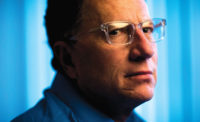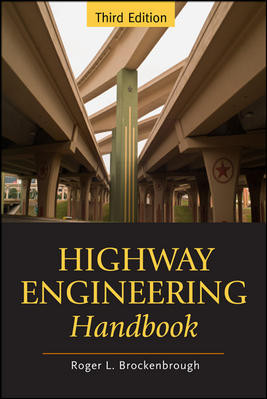When Victorville’s attorneys delivered a PowerPoint-assisted summation for the jurors, the troubles with the Expedition database were labeled Jensen’s “Big Lie.”
Settlement Offers Again Fail
After seven weeks of trial, the jury deliberated only two and a half hours before rendering a unanimous verdict for Victorville for the full amount requested.
After the jury verdict for Victorville, Carter & Burgess filed post-trial motions seeking to overturn the verdict or obtain a new trail. Curing the post-trial motions, even the judge in the appeal, Ronald Taylor, seemed to agree that Carter & Burgess at least appeared to be hiding some information.
The counsel for Carter & Burgess said to the judge, “We are entitled to a new trial. We were severely prejudiced. Mr. Jensen’s credibility was blasted.”
The judge replied, “It was blasted. I have to agree with you. But he did a lot of that blasting to himself.”
After the trial court denied Carter & Burgess' post-trial motions, it filed an appeal. While that appeal played out, the two sides went before a mediator and Jacobs offered $10 million. Victorville said no. Before the appeals court could rule, both sides got together to talk settlement. According to Turner, negotiations started at $30 million and increased in increments to the final amount.
The City Council voted to accept the offer 4-1.
Turner and his colleagues were paid $1.8 million for their work.
Ultimately, five different insurance companies—including London Market Insurers, Lexington, Illinois Union, Liberty International Underwriters and Arch—contributed to the settlement, the Victorville attorneys said. It isn't clear what insurance coverage and policies were in place.
As Lockton’s Erger noted, “So what happens when a court decides that a design professional owes a fiduciary duty—by definition, the very highest standard of care? Is there coverage? The unsatisfying (but correct) answer is that it depends on the terms and conditions of the policy.”
In this case, insurers appeared to cover the whole settlement.
Turner suggests engineering and design firms try to avoid the dual role that Carter & Burgess/Jacobs was willing to take on. “When you are put in a position where you are watching yourself, the liabilities you face may not be negligence. You’ve knowingly [acted on] their behalf, and that takes away from normal commerce,” Turner said.
“First, make sure your contracts are not [set up] as a fiduciary,” added Lockton’s Erger. “Risk should be borne by the party most able to control the risk.”
As for the plant itself, Robertson, Victorville's city manager, says it has been essentially abandoned and major parts have been sold off. While Victorville has been in talks with a potential buyer for the site, it has been purchasing electricity from the wholesale market and selling it at retail to companies that were expected to obtain energy from the failed powerplant, Robertson notes. “So, we are out of the powerplant business but still in the power business,” he says.
The lesson the city learned was not to rely solely on outside sources for advice on something as important as building a powerplant.
Says Robertson, “If we are going to do a major project like this again, rather than relying on consultants, [the city should] actually go out and bring in an actual city employee whose only loyalty would be to the city, someone with direct experience in the field.”
Victorville still is eager to build more generating capacity. On June 12, the city announced that it had won an extension of its permit from the California Energy Commission to construct the Victorville 2 Hybrid Power Plant.
The announcement said Victorville will look for a private-equity partner or co-owner to develop the project.







